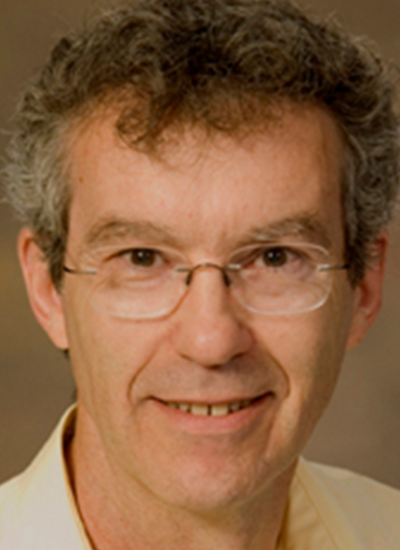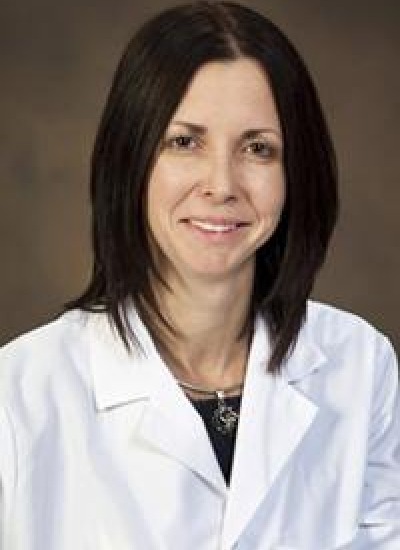Chengcheng Hu, Ph.D., is an Associate Professor, Public Health and Director, Biostatistics, Phoenix campus at the Mel and Enid Zuckerman College of Public Health, University of Arizona. He is also Director of the Biometry Core on the Chemoprevention of Skin Cancer Project at the University of Arizona Cancer Center. Hu has worked on multiple federal grants in a broad range of areas including cancer, occupational health, HIV/AIDS, and aging. In addition to extensive experience in collaborative research, he has conducted methodological research in the areas of survival analysis, longitudinal data, high-dimensional data, and measurement error. His current methodological interest, arising from studies of viral and human genetics and biomarkers, is to develop innovative methods to investigate the relationship between high-dimensional information and longitudinal outcomes or survival endpoints. Hu joined the UA Mel and Enid Zuckerman College of Public Health in 2008. Prior to this he was an assistant professor of Biostatistics at the Harvard School of Public Health from 2002 to 2008. While at Harvard, he also served as senior statistician in the Pediatric AIDS Clinical Trials Group (PACTG) and the International Maternal Pediatric Adolescent AIDS Clinical Trials Group (IMPAACT). Hu received his Ph.D. and M.S. in Biostatistics from the University of Washington and a M.A. in Mathematics from the Johns Hopkins University.








